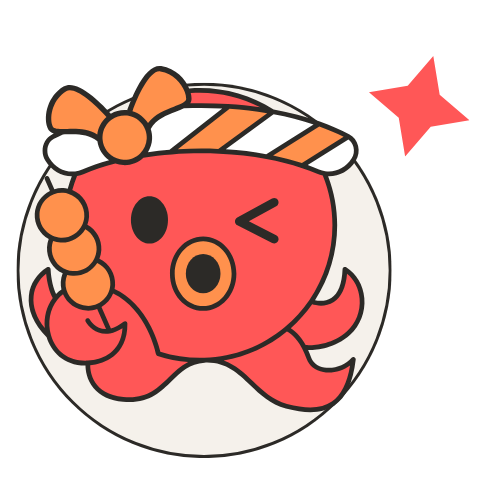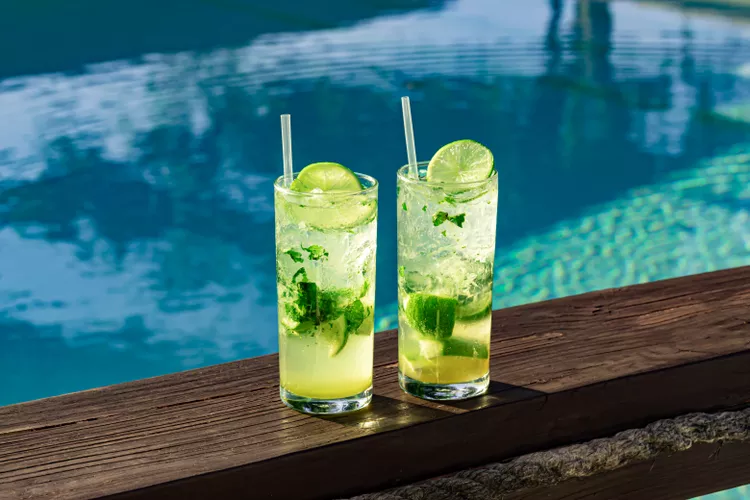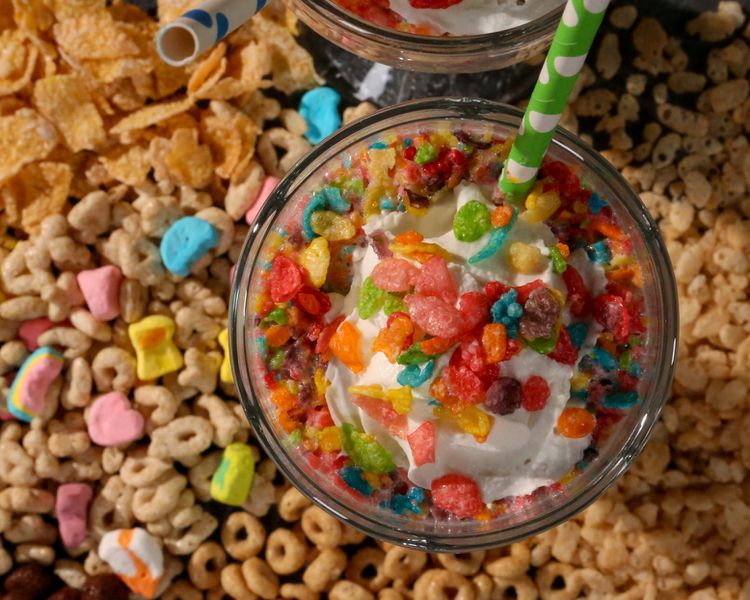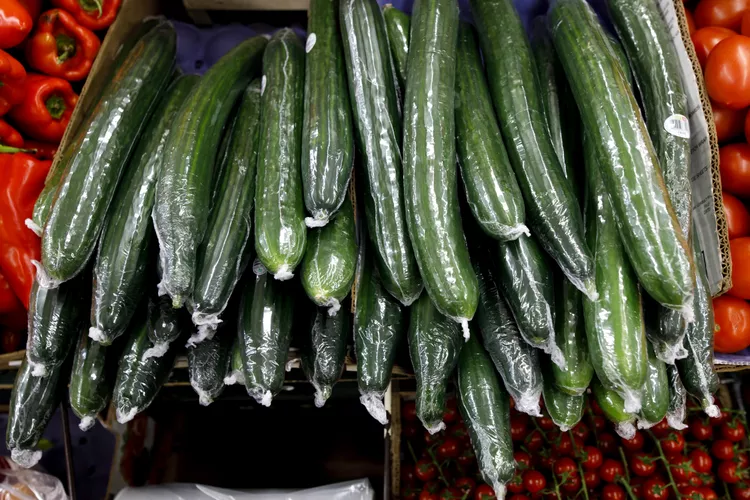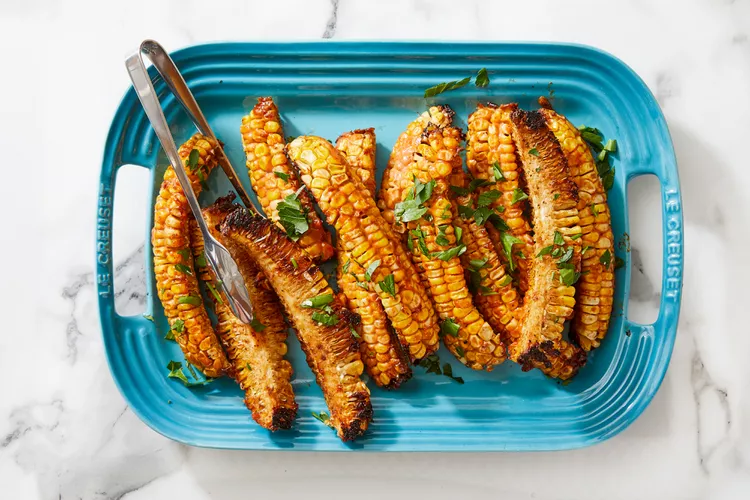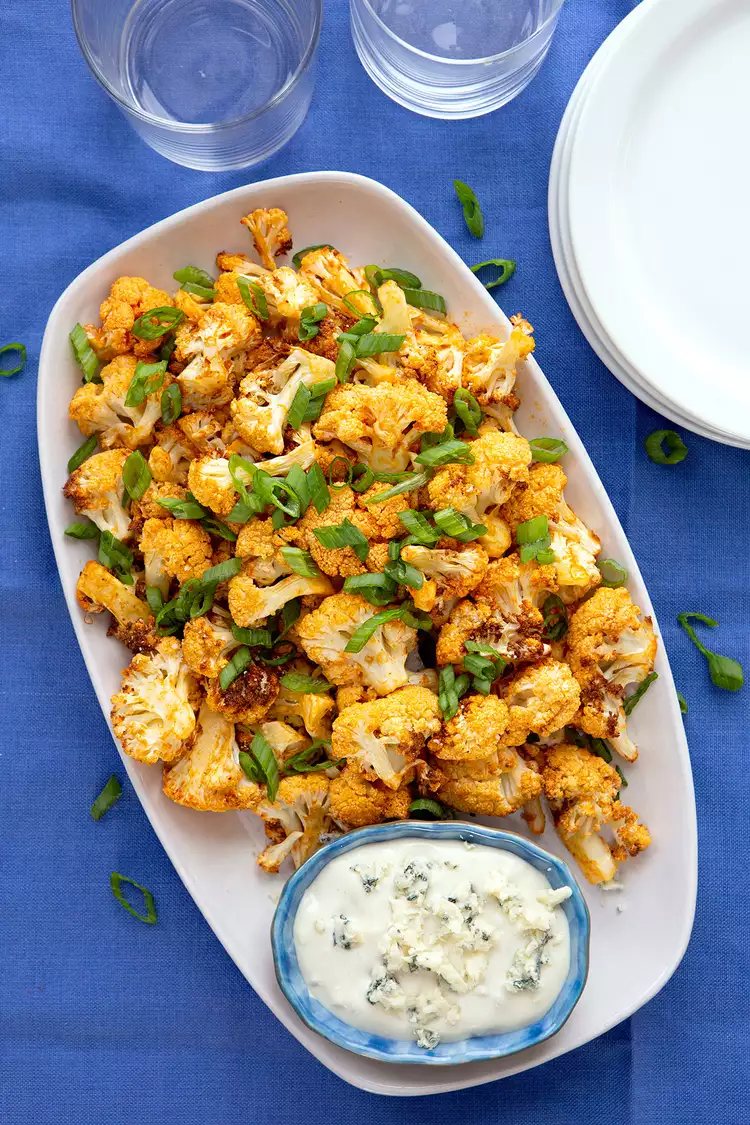Delicious and healthy, fish is usually a win-win in our book. First, there are many tasty ways to prepare it. Second, it's incredibly nutritious. Fish is a source of lean protein, critical minerals like zinc, iron, and selenium, and often also good-for-you omega-3 fats (depending on which type of seafood you eat).
Healthy Fish and Pregnancy
The United States Department of Agriculture (USDA) recommends eating 8 ounces of healthy fish weekly. But some people, like pregnant or nursing women and children, must limit their consumption to safer fish lower in mercury. Mercury is a toxic metal that can lead to neurological and kidney damage and is especially dangerous to pregnant women and developing children because it can cause congenital disabilities.
However, if you're pregnant, don't eliminate healthy fish from your diet. The American College of Obstetricians and Gynecologists has a helpful list of seafood to limit or avoid during pregnancy. Eating it during pregnancy may lower the risk of high blood pressure disorders and preterm birth, leading to better brain development, language, and communication skills in children, according to the U.S. Dietary Guidelines Advisory Committee's 2020 Scientific Report.
Healthy Fish and the Environment
Sometimes, making healthy choices for yourself and the planet isn't simple, but plenty of resources are available to help.
Seafood Watch, a program run by the Monterey Bay Aquarium, has combed through data from health organizations and environmental groups to come up with easy-to-understand recommendations for seafood harvested all over the globe. Look for their "Best Choices" labeled in green on the site.
Another easy way to identify good picks is to look for the blue Marine Stewardship Council label when you're shopping—it identifies certified sustainable seafood. The Monterey Bay Aquarium Seafood Watch program offers a list of sustainability ratings and detailed information on specific fish. At the same time, the Environmental Defense Fund (EDF) provides up-to-date mercury notices. And what if you eat fish caught by family or friends or that you've caught yourself? Look for fish advisories put out by local health or fish and game departments.
For the most sustainable and healthy fish, look no further than this list. We took safety (in the form of mercury) and the environment into consideration when building this list of healthy fish to eat (and some to avoid).
Top Healthy Fish to Eat
Go on, use this cheat sheet to start adding more healthy seafood to your diet.
1. Oysters
Eating oysters has multiple health benefits: one serving of this healthy fish delivers more than 1,000 milligrams of good-for-you omega-3s, is chock full of vitamin B12 (you get well over your daily needs), and nearly all of your daily iron and zinc doses. Plus, oysters feed off the natural nutrients and algae, which improves water quality. They can also act as reefs, attracting and providing food for other fish.
Warning
Be cautious when eating raw oysters, especially those from warmer waters, as they may contain bacteria that can cause serious illnesses.
2. Sablefish
Also called Black Cod (though it's not actually a type of cod), this oily fish is a great way to get omega-3s into your diet. A single serving of smoked sablefish delivers at least 1,000 milligrams, plus it's a good source of most of the B vitamins, magnesium, phosphorus, and potassium. The EDF considers sablefish to be both eco-friendly and a healthy best choice. And Seafood Watch has rated it a "Best Choice" for the environment when fished out of Alaska.
3. Salmon
Low in mercury and high in omega-3s (you'll get at least, if not more than, 1,000 milligrams in a serving), salmon is a healthy fish choice that most of us are familiar with and enjoy cooking with in salmon recipes. Plus, it's readily available at grocery stores and restaurants, making it easy to incorporate into your diet.
When considering sustainability, look for West Coast wild (especially Alaska where most of their natural habitat remains untouched), Atlantic farmed, or New Zealand farmed, per Seafood Watch.
4. Shrimp
Shrimp has long been Americans' favorite seafood, and for good reason—it's easy to cook, is versatile, mild in flavor, and has good texture. Plus, it's a healthy fish. A 3-ounce serving has about 18 grams protein (that's more than a third of your daily needs), is low in fat, and chock full of selenium. Yes, shrimp does deliver cholesterol, but science suggests that dietary cholesterol doesn't have much of an impact on heart conditions. For the most eco-friendly shrimp choice, purchase Northern Shrimp from the United States and Canada, says EDF.
5. Trout
Most trout you'll find at your grocery store or fish market is farmed rainbow trout and raised in the United States, where the farming operations are held to strict environmental standards. What's more, rainbow trout is a low-mercury healthy fish and a great way to add more omega-3s into your diet (a single serving delivers at least 1,000 milligrams).
6. Tuna
Stick to albacore and skipjack (caught via trolls, poles, and lines) as they're all "Best Choices" for the environment, according to Monterey Bay Aquarium. Usually, albacore tuna will be higher in calories and total fat, while skipjack tuna is ever-so-slightly lower in calories and has less fat. Skipjack is smaller in size and thus lower in mercury, particularly when compared to canned albacore. The Environmental Defense Fund Seafood Selector says that adults can safely eat canned "white" or "albacore" tuna about once a week, while kids five years and younger can safely eat it twice a month, and kids between 6 and 12 years can have it three times a month.
Fish to Avoid
Factoring in safety and sustainability here are fish to avoid adding to your meal plan.
1. Atlantic Halibut
Although these flatfish are high in protein and contain other nutrients, they have moderately high levels of mercury. Seafood Watch and EDF suggest avoiding Atlantic halibut as the population is overfished.
2. Bluefin Tuna
Bluefin tuna have high levels of mercury and PCBs—in part because they grow slower and take longer to reproduce—so they should be avoided. Adults are only advised to eat it once a month, and kids less than once a month. Another reason to avoid bluefin tuna is that they're extremely overfished.
3. Orange Roughy
High in mercury (it has a long life so it accumulates high levels of mercury) and rated very poorly for its sustainability, orange roughy is a fish to skip, says EDF and Seafood Watch.
4. Swordfish
Also high in mercury, it's recommended that women of childbearing age and children steer clear of swordfish. From a sustainability standpoint, U.S.-caught swordfish are OK, but any imported swordfish should be avoided as there is little to no management of the international swordfish fisheries.
